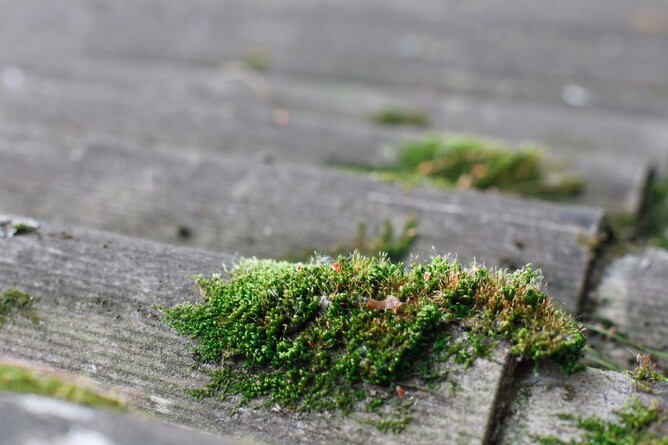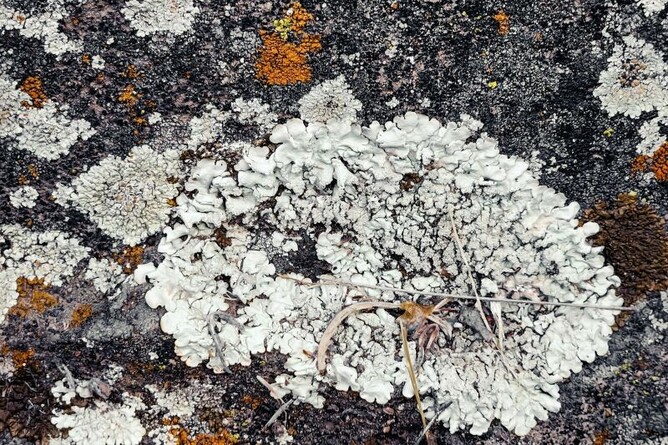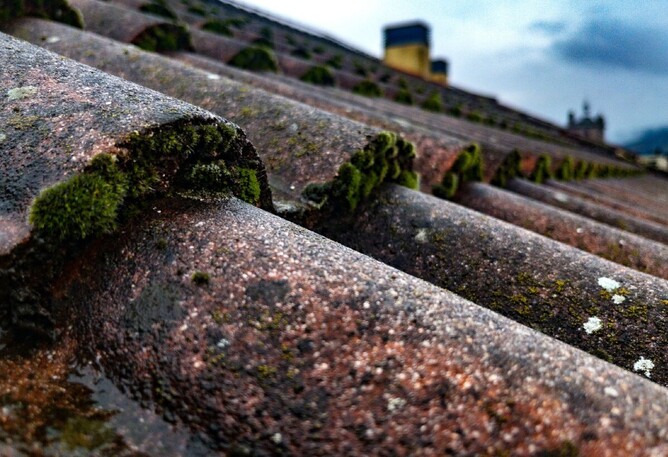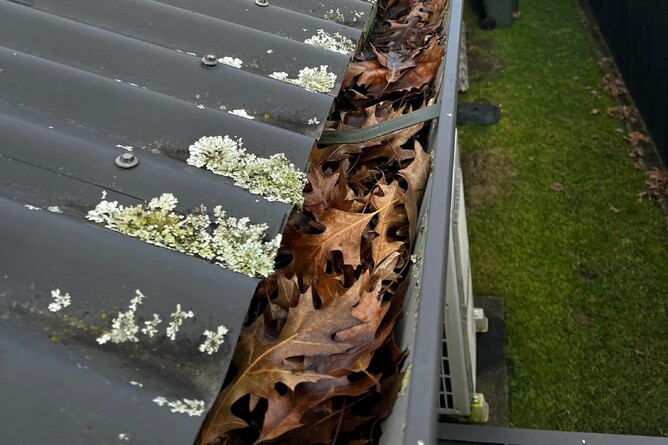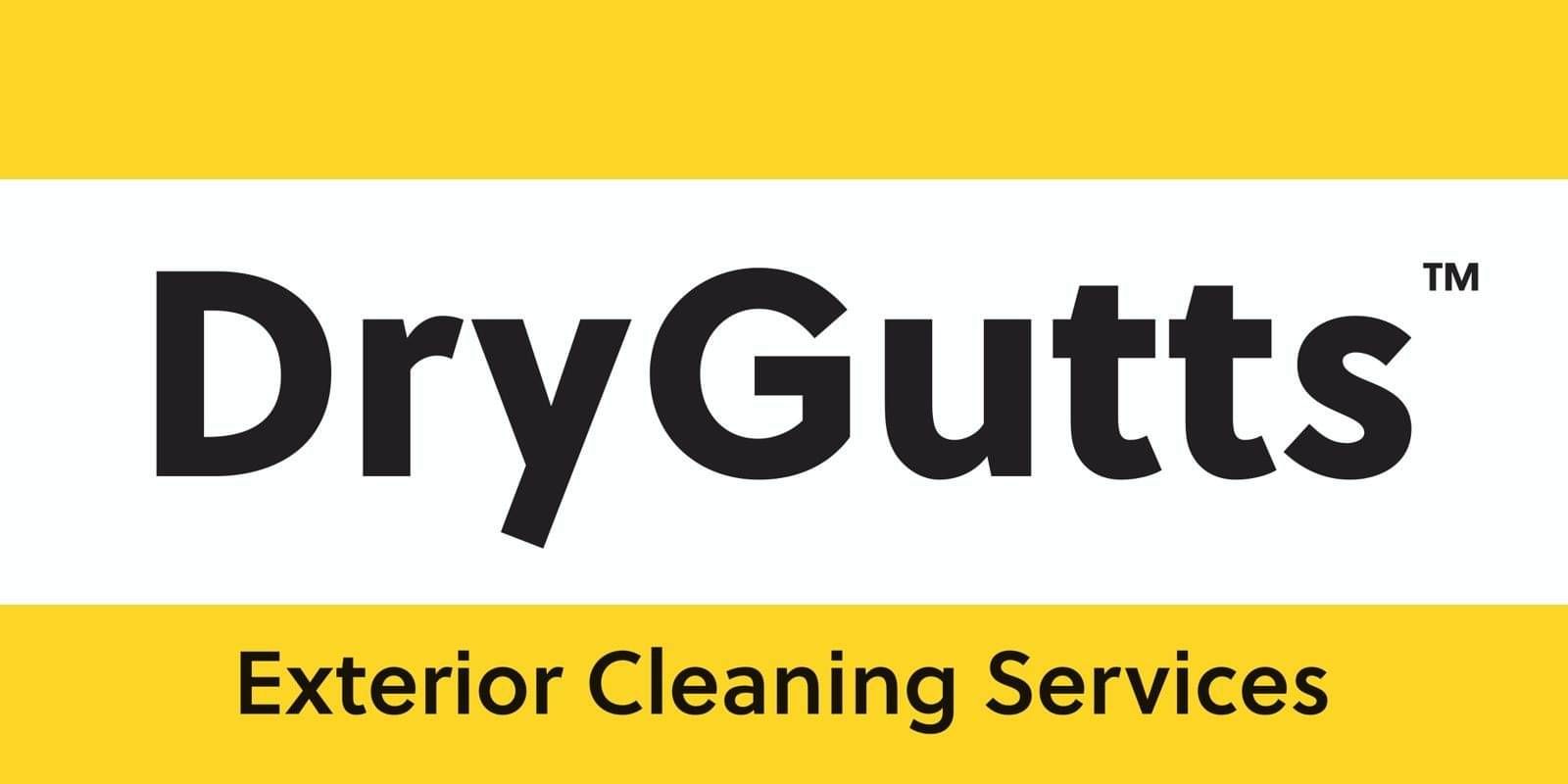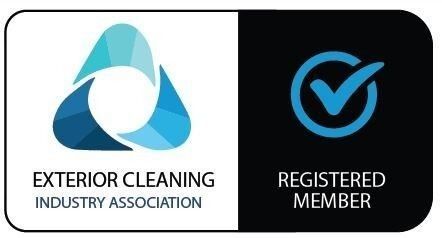When it comes to protecting your home, your roof is your first line of defence, and it's also one of the most vulnerable areas in Hamilton's challenging climate. With our region's frequent rainfall, high humidity levels, and temperatures that rarely dip below freezing, moss and lichen find ideal conditions to establish themselves and spread across roofing materials.
These seemingly innocent growths are far from harmless. They create a cascade of problems that can lead to thousands of dollars in repair costs and, in severe cases, complete roof replacement. Understanding how to identify the early warning signs could save you significant time, money, and stress.
At DryGutts, we specialise in roof moss treatment Hamilton homeowners trust to prevent costly repairs and extend roof lifespan. Our years of experience treating Hamilton roofs have taught us that early detection is absolutely critical, so let's explore the comprehensive signs and symptoms that indicate moss and lichen are taking hold of your roof.
Why Early Detection Is Critical for Hamilton Homes
Hamilton's unique climate creates perfect storm conditions for moss and lichen growth. Our annual rainfall of approximately 1,200mm, combined with humidity levels that often exceed 80% during winter months, means roofs stay damp for extended periods.
Unlike drier climates, where occasional moss growth might be manageable, Hamilton's conditions allow these organisms to thrive year-round.
Moss and lichen don't just sit passively on your roof surface. They actively work to break down roofing materials through several mechanisms. Moss retains moisture like a sponge, keeping roofing materials constantly damp and creating ideal conditions for rot and decay.
The root-like structures (rhizoids) of moss penetrate between and under roofing materials, gradually lifting and separating them. Lichen produces acids that slowly dissolve mineral components in roofing materials, weakening their structural integrity over time.
The financial impact escalates quickly. What might start as an affordable professional moss treatment can rapidly become an expensive roof replacement if left unchecked. Early intervention is always more cost-effective than waiting for visible damage to occur.
Understanding Your Enemy: Moss vs Lichen
Before diving into detection methods, it's important to understand what you're looking for. While often grouped together, moss and lichen are distinctly different organisms that require slightly different approaches to treatment.
Moss is a simple plant that reproduces through the production of spores. It appears as a thick, cushion-like growth that can range from bright green to dark forest green. Moss thrives in moist, shaded areas and can retain up to 20 times its weight in water.
On roofs, it typically establishes itself in roof valleys, along guttering, and on north-facing slopes that receive less direct sunlight.
Lichen is actually a composite organism, a symbiotic relationship between fungi and algae or cyanobacteria. It appears as flat, crusty patches that can be grey, white, yellow, orange, or light green.
Lichen is more tolerant of direct sunlight than moss and often appears as the first coloniser on roof surfaces. While it grows more slowly than moss, lichen is particularly damaging because it produces acids that chemically break down roofing materials.
Detailed Detection Guide: 8 Key Warning Signs
1. Colour Changes and Surface Discolouration
The earliest signs of moss and lichen colonisation appear as subtle colour changes that many homeowners initially dismiss as natural weathering or dirt accumulation.
Moss indicators: Look for patches of green discolouration that appear fluffy or velvety when viewed through binoculars. Early moss growth often appears as a green "dusting" across roof surfaces before developing into the characteristic thick, cushioned patches. Pay particular attention to areas where the roof meets walls, around chimneys, and in valleys where water naturally collects.
Lichen indicators: Lichen presents as flat, crusty patches that can appear in various colours. Grey and white lichen often blend with weathered roofing materials, making them harder to spot initially. Look for areas where the roof surface appears "stained" or has an unusual mottled appearance. Orange or yellow lichen is more obvious but indicates a more established colony.
Geographic considerations for Hamilton: Due to our prevailing westerly winds and rain patterns, north and east-facing roof slopes tend to show the first signs of growth. Areas sheltered by hills, large trees, or neighbouring buildings are particularly susceptible as they stay damp longer and receive less drying sunlight.
2. Textural Changes in Roofing Materials
As moss and lichen colonies mature, they begin to alter the physical texture of your roof surface in ways that are visible even from ground level.
Surface roughening: Smooth roofing materials like metal or tile may develop a noticeably rougher texture as lichen acids etch the surface. This creates more surface area for moisture retention and provides better attachment points for additional growth.
Raised or lifted edges: Moss growth can create visible raised areas along roof edges, particularly where shingles or tiles overlap. You might notice that previously straight lines along roof edges now appear wavy or uneven.
Soft or spongy areas: While this requires closer inspection, areas of heavy moss growth can make roofing materials feel soft or spongy underfoot (though we strongly recommend against walking on potentially compromised roofing).
3. Structural Changes to Roofing Materials
Lifting and separation of shingles or tiles: This is one of the most serious early warning signs. As moss thickens, it physically pushes against and lifts roofing materials. From the ground, you might notice that shingle edges no longer lie flat, or that there are visible gaps where materials should overlap. This lifting creates entry points for water and accelerates the deterioration process.
Cracked or brittle materials: Lichen acids can make roofing materials more brittle over time. You might notice small cracks or chips in areas where lichen growth is heaviest, particularly along edges where materials are most exposed to stress.
Granule loss on asphalt shingles: If you have asphalt shingles, excessive granule loss in specific areas (visible as bare or thin patches) can indicate lichen damage. These granules protect the underlying material from UV damage, so their loss accelerates roof deterioration.
4. Water Management Issues
Gutter blockages and overflow: Moss and lichen debris washing off your roof can quickly overwhelm your guttering system. Look for green or grey material collecting in gutters, or notice if certain sections overflow during moderate rainfall when they previously handled water flow adequately.
Unusual drainage patterns: Areas of heavy moss growth can alter how water flows across your roof surface. You might notice new drip patterns, water staining on walls below roof edges, or areas where water seems to pool rather than flowing freely to gutters.
Ice dam formation: In Hamilton's occasional frosty conditions, moss-affected areas may show different freezing patterns. Moss retains moisture, which can freeze and create localised ice dams that prevent proper drainage.
5. Internal Warning Signs
Roof space moisture and condensation: Check your roof space regularly for signs of increased moisture and condensation. This might appear as condensation on roof decking, damp insulation, or a musty odour. Moss-damaged roofing allows more moisture penetration, which shows up first in your roof space.
Water stains on ceilings: While this represents more advanced damage, water stains or rings on interior ceilings often correlate with areas of heavy moss growth above. Even small stains indicate that your roof's weather barrier has been compromised.
Mould growth in living spaces: Increased moisture penetration through moss-damaged roofing can contribute to indoor humidity problems and subsequent mould growth, particularly in poorly ventilated areas.
6. Pest and Wildlife Activity
Increased bird activity: Many bird species, particularly native New Zealand species like fantails and grey warblers, use moss as nesting material. If you notice birds regularly visiting your roof or pulling at surface materials, investigate those areas for moss growth.
Insect populations: Moss creates microhabitats that support various insects. If you notice increased spider populations around roof edges or flying insects emerging from roof areas, particularly after rain, moss colonies might be providing habitat.
Plant growth in gutters: Seeds carried by wind or birds often germinate readily in the moist environment created by moss-clogged gutters. Small plants growing in your guttering system indicate that organic matter is accumulating and retaining moisture.
7. Seasonal Variations and Weather Response
Winter appearance changes: Moss and lichen become more visible during Hamilton's wet winter months when they're actively growing. Areas that appear relatively clear in summer may show obvious growth by August or September.
Post-rain observations: The 24-48 hours following heavy rain provide excellent opportunities for moss detection. Moss will appear greener and more prominent when saturated, making colonies easier to spot from ground level.
Frost patterns: During Hamilton's occasional frosts, moss-covered areas may show different frost formation patterns or may remain frost-free longer due to retained moisture.
8. Long-term Deterioration Patterns
Accelerated weathering: Compare the appearance of different roof sections. Areas with moss and lichen growth will typically show more advanced weathering, fading, or deterioration than clean sections of similar age and exposure.
Edge deterioration: Roof edges and transitions are particularly vulnerable to moss-related damage. Look for areas where flashing appears loose, where sealants have failed, or where materials appear to be pulling away from attachment points.
Professional Assessment: When to Call the Experts
While homeowners can identify many early warning signs from ground level, a professional assessment provides crucial advantages. Our technicians use specialised equipment, including high-resolution cameras, moisture meters, and safe roof access equipment, to identify problems that aren't visible from the ground.
Professional assessment is particularly important if you notice multiple warning signs simultaneously, if your roof is more than 15 years old, if you have complex roof geometry with multiple valleys and transitions, or if you've had previous moss treatment that may not have been completely effective.
The Cost of Waiting: Why Immediate Action Matters
Hamilton's climate means that moss and lichen problems don't remain static, they accelerate rapidly once established. A small patch of moss can double in size within a single winter season under our humid conditions. Lichen, while slower growing, causes cumulative damage that compounds over time.
Prevention Strategies for Hamilton Homeowners
While professional treatment is essential once moss and lichen are established, homeowners can take steps to reduce future growth. Improve roof drainage by ensuring gutters are clean and properly aligned.
Reduce shade by trimming overhanging branches (while being mindful of protected native trees). Improve roof space ventilation to reduce moisture buildup. Consider installing zinc or copper strips along roof ridges, as these metals naturally inhibit moss growth.
Don't Wait, Professional Roof Moss Treatment in Hamilton
Early signs of moss and lichen represent a small problem with a manageable solution. Waiting transforms it into a major expense with potential safety implications. The organisms causing today's minor discolouration will be tomorrow's lifted shingles, blocked gutters, and water-damaged interiors.
At DryGutts, we offer comprehensive roof moss treatments in Hamilton that address both existing growth and future prevention. Our treatment process includes complete growth removal using environmentally safe methods, surface cleaning and preparation, application of growth-inhibiting treatments, gutter cleaning and maintenance, and follow-up inspections to ensure treatment effectiveness.
Our experienced team understands Hamilton's unique climate challenges and tailors treatment approaches to local conditions. We use only eco-friendly products that won't harm your garden, family, or pets, while providing long-lasting protection for your roof investment.
Ready to Protect Your Home?
Contact our team at DryGutts today for a comprehensive roof assessment and free treatment quote. Don't let Hamilton's challenging climate turn a minor maintenance issue into a major expense.
Whether you've spotted early warning signs or want to prevent problems before they start, we have the expertise and local knowledge to keep your roof in optimal condition.
Your roof protects everything valuable in your home. Let us protect your roof.

